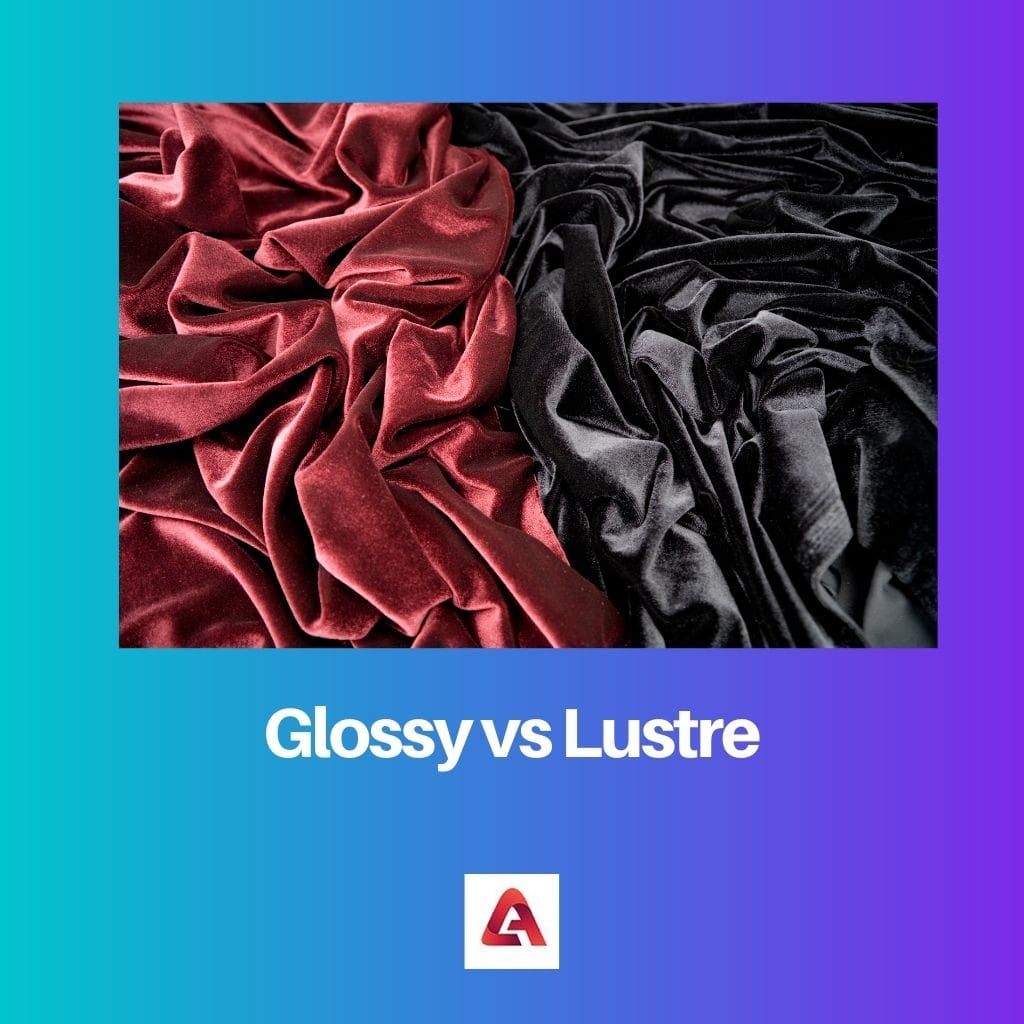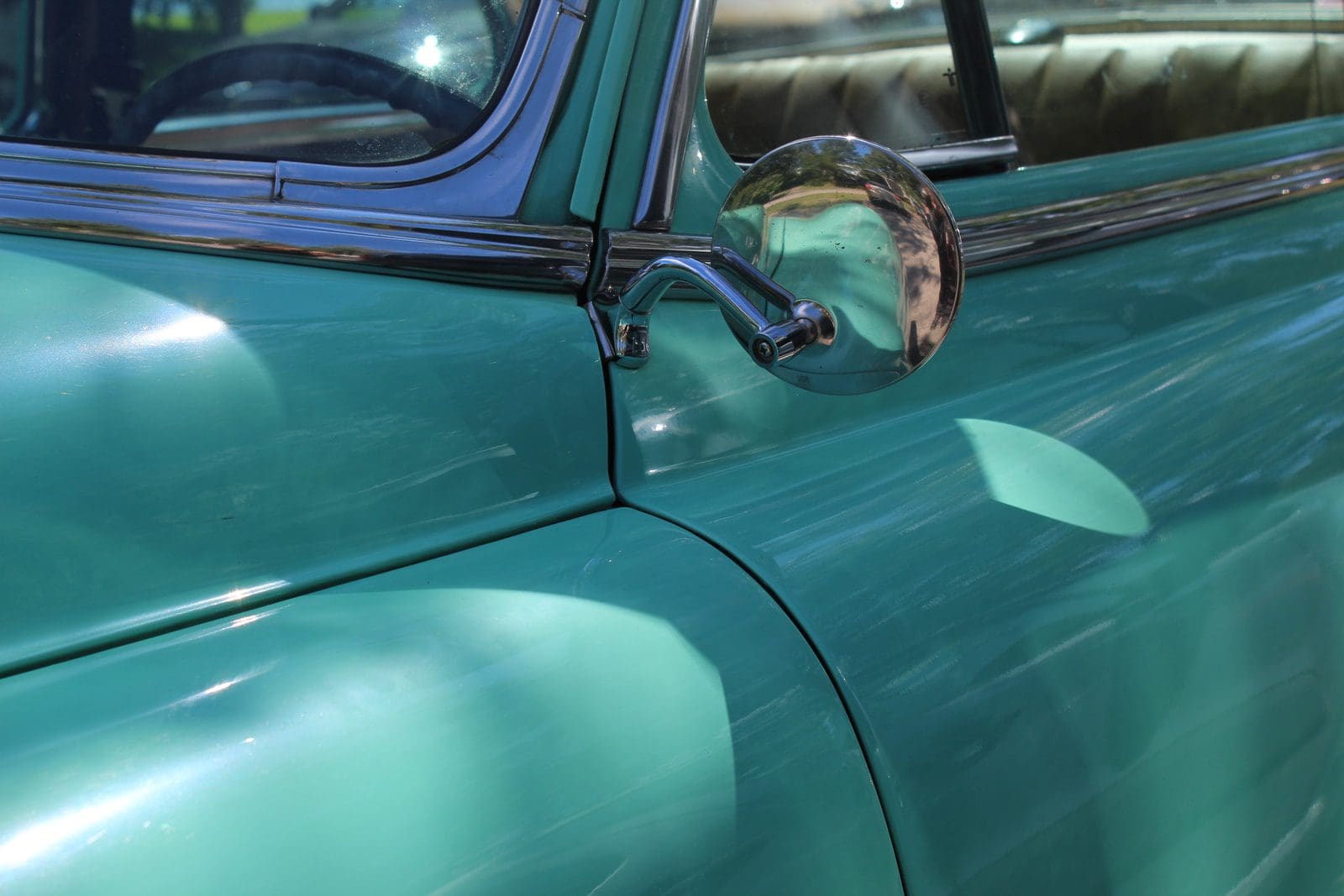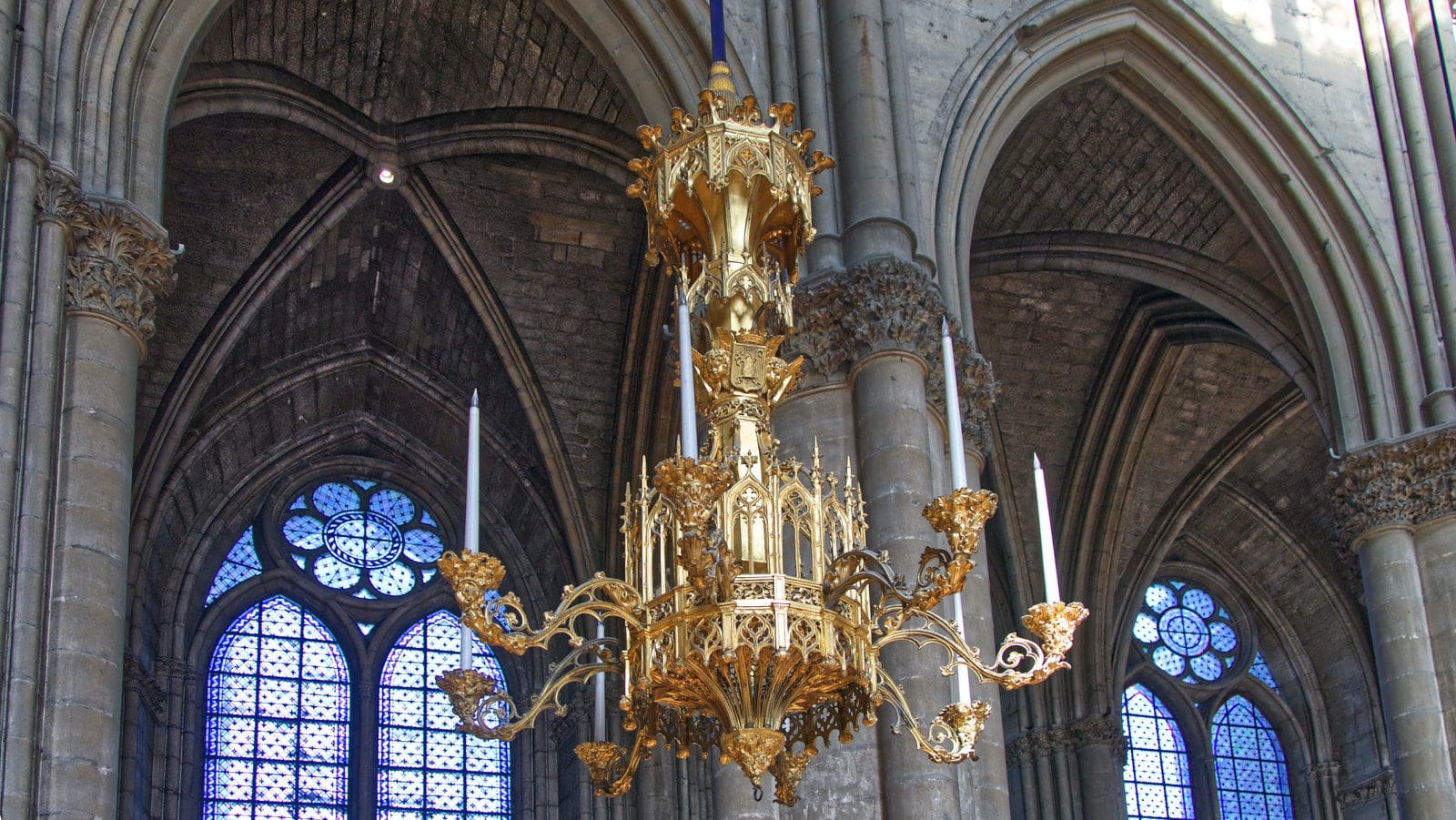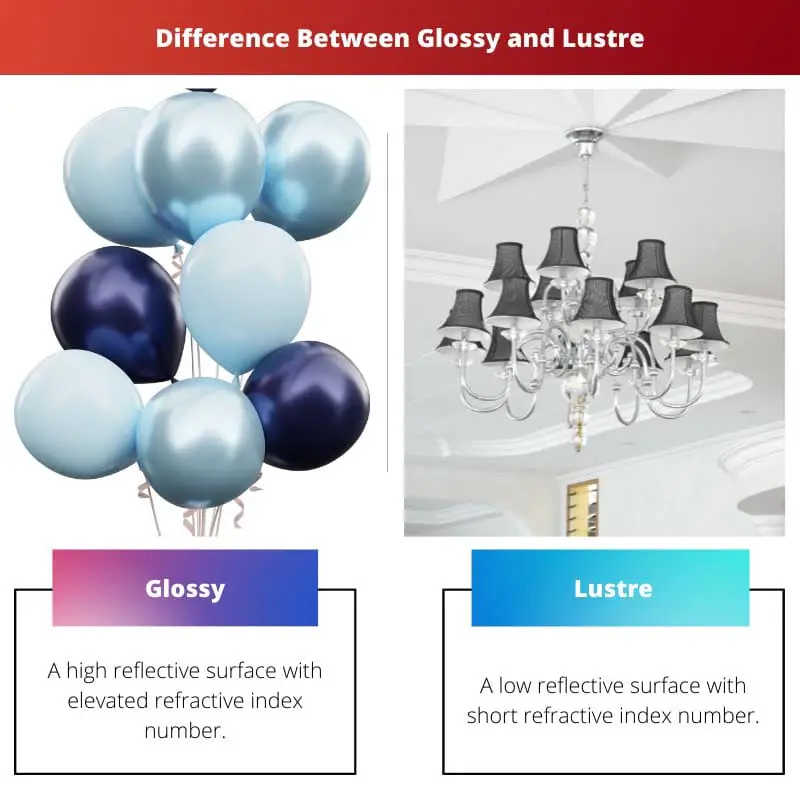The surface of an object may represent the objectivity of this product. For this reason, there are different textures on different products.
Few products use shiny surfaces, while others use defused covers. The term glossy and lustre is associated with the surface finishes of each product.
Many people prefer one type of surface finishes over another. Many people don’t know the difference between glossy and lustre and interchange them very often.
Sometimes this mix-up may cause colossal confusion.
Key Takeaways
- Glossy photo paper has a smooth, highly reflective surface, producing vibrant colors and sharp image details, but it can be prone to fingerprints and glare.
- Lustre photo paper has a semi-gloss finish, providing a subtle sheen and more muted colors while offering better resistance to fingerprints and less glare than glossy paper.
- Both types of photo paper are used for printing photographs. Still, the choice between glossy and luster depends on personal preferences for color vibrancy, image detail, and resistance to fingerprints or glare.
Glossy vs Lustre
Glossy is a very shiny and smooth finish that produces more vibrant colors in its prints. Lustre is a gentle sheen, soft, semi-shiny finish. Its prints show more accurate skin tones and are more resistant to fingerprints, smudges, and scratches, making them great for photos for albums or frames.

Comparison Table
| Parameter of Comparison | Glossy | Lustre |
|---|---|---|
| What is it | A high reflective surface with an elevated refractive index number | A low reflective surface with a short refractive index number |
| Used in | High-end products | Low-end products |
| Colour saturation | High | Medium |
| Texture | No | Fine |
| Maintenance | High | How |
| Maintained by | Polish | Cleaning agent and wipe |
| Durability | Low | High |
What is Glossy?
Glossy is a property that gives objects reflective properties. The primary property of a glossy surface is a smooth finish, reflecting light like a mirror.
A surface must have a high refractive index to get glossy properties. All glossy surfaces reflect light in a specular direction.
The word glossy is associated with the surface finish. Most glossy surfaces are textureless.
For this reason, light can bounce off the surface so quickly. The colour saturation level of a glossy surface is high, and the colour looks very prominent on the glossy surface.
Glossy surfaces are exceptionally delicate and can quickly get scratched and smudged. Any object with a sharp edge and put a permanent mark on the glossy surface.
Similarly, the sweat of the palm and fingers put smudge marks on the glossy surface. For this reason, a shiny surface requires regular maintenance and polish.
The chemical properties of the polishing material reduce surface tension and easily remove dirt and smudge from the surface. Most of the time, glossy surfaces are used in high-end material, where the objects interact less daily.
To protect the shininess of the shiny object, many companies also use ceramic and hydrophobic coating on the glossy surface. These coatings make the glossy surface resistant to scratch marks and smudges.

What is Lustre?
Lustre is a property that represents a reduction in the shininess of any surface. The primary property of lustre is a fine-textured surface that defuses light and eliminates reflection.
The lustred surface has to have a low refractive index to get lustre properties. All lustred characters defuse the light.
The word lustre represents the surface finish of an object. All lustre surfaces are made with fine textures.
Most of these can be seen under a microscope and felt by the touch. For this reason, light quickly gets defused when it hits a lustre surface.
The colour saturation level on a lustre surface never gets high, and most of the time, it looks a little hazy. Lustre surfaces are not that delicate, and they don’t get scratched, and smudge marks that easily.
The fine texture of the lustre surface quickly hides scratches from ordinary objects. Similarly, the sweat of the palm and fingers get defused in the delicate texture of the lustre surface.
However, a lustre surface cannot be polished, and proper cleaning agents and wipes must sanitize it. The cleaning agent loosens the surface tension on the object and wipes take away the dirt.
Most of the time, lustre surfaces are used for low-end products, where they regularly get lots of human interaction. The durable property of the lustre surface makes it appropriate for this job.

Main Differences Between Glossy and Lustre
- Glossy refers to a highly reflective surface with a high refractive index number. On the other hand, lustre refers to a low reflective surface with a short refractive index number.
- Most of the time, glossy surfaces are used for high-end products that require less interaction with humans. But most of the time, lustre surfaces are used for low-end products that interact with humans regularly.
- The colour saturation levels on glossy surfaces are very high. However, the colour saturation levels on lustre surfaces are medium.
- A glossy surface will always be texture free. However, there can be fine microscopic texture found on a lustre surface.
- A glossy surface can quickly get scratched and smudged. Therefore, regular maintenance is required to maintain its shininess. On the other hand, a lustre surface does not get scratched and smudge marks quickly, and it requires less maintenance.
- On a glossy surface, small scratch and smudge marks can be removed by polis, while on a lustre surface, cleaning agents and wipes are required for maintenance.
- Glossy surfaces get scratches and smudge marks quickly, and their durability is low. But lustre surfaces do not get scratch and smudge marks that easily, and their durability level is high.


The thorough analysis of glossy versus lustre surfaces is remarkable in this article. It enhances our understanding of these surfaces and their appropriate uses.
I completely agree, the comparison is well articulated and provides a comprehensive understanding of glossy and lustre surfaces.
The meticulous comparison in the article provides a comprehensive view of glossy and lustre surfaces, adding depth to our understanding of these distinct finishes.
Absolutely, the detailed analysis substantially contributes to elucidating the differences between glossy and lustre surfaces.
The article contains a wealth of information comparing glossy and lustre surfaces, serving as an illuminating resource for those seeking clarity on this topic.
Absolutely, the detailed comparison fills a void in understanding the features of glossy and lustre surfaces.
This article provides a detailed and intellectual analysis of glossy and lustre surfaces, catering to those intrigued by these intricate differences.
Indeed, the depth of the article’s analysis grants a more profound understanding of the variances between the glossy and lustre surfaces.
The insightful article brilliantly sheds light on the complexities of glossy and lustre surfaces, unraveling their differences and features.
I found this article to be quite enlightening. It successfully highlights the differences between glossy and lustre surfaces and provides valuable information for making a choice between the two.
Absolutely, this piece certainly makes the decision making process easier when choosing between glossy and lustre finishes for photos.
I appreciate the clear and straightforward comparison provided in the article. It is very beneficial for individuals who are unfamiliar with the differences between these surfaces.
This article effectively and concisely explains the key differences and features of glossy and lustre surfaces. It’s very informative and useful for decision-making when printing photos.
I completely agree. Glossy and lustre surfaces can make a significant difference in print quality, and this article’s comparison makes it easier to understand.
The detailed explanation really helps clarify the distinctions, making it more accessible for those looking to understand these differences.
I don’t find the topic particularly interesting, but the article does present the information effectively and with a balanced view on both the glossy and lustre surfaces.
The article does an excellent job of highlighting the differences, but the topic may not capture everyone’s attention.
It’s true. The article’s balanced perspective is a highly commendable aspect, even though the topic may not be appealing to everyone.
The comprehensive comparison of glossy and lustre surfaces in this article is thought-provoking and highly enlightening for individuals seeking knowledge in this area.
I couldn’t agree more. The article exudes a remarkable level of depth and insight into the distinction between glossy and lustre surfaces.
The article adeptly covers the differences between glossy and lustre finishes, providing a valuable guide for those seeking to understand these distinctions.
Indeed, the article offers a comprehensive look into glossy and lustre surfaces, providing useful guidance for those looking to discern between them.
The detailed information on glossy and lustre surfaces is undoubtedly beneficial for individuals who wish to comprehend their differences.
The article delves into the differences between glossy and lustre finishes with great detail, serving as a useful resource for those seeking to grasp these disparities.
Absolutely, the profound comparison between glossy and lustre surfaces adds substantial clarity for individuals aiming to understand their differences.
The intricate analysis of glossy and lustre surfaces enhances our understanding, particularly for individuals looking to discern the nuances between them.